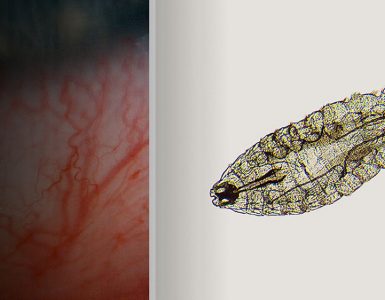The common notion that vaccines consist solely of substances from the offending agent is proved false by today’s technology. It’s become the fact that there are other molecules of apparent irrelevance to the development of vaccines that may enhance its effect. Such molecules are now termed as adjuvants. Such molecules do not carry the same significance as a vaccine when acting alone. When they are combined with the vaccine, they increase the effect of the vaccine. A recent development in such molecules’ research suggests that they may be more widespread than the current concept. Scientists at Kyoto University Institute for Integrated Cell-Material Sciences (iCeMS) and colleagues in the journal Angewandte Chemie have contributed to this recent development. They’ve elaborated on a pattern through which the study and discovery of adjuvants are made much easier. Vaccines like Influenza, Hepatitis, and Cervical cancer vaccines already carry adjuvants but developed in1920s. The proposed method for finding new adjuvants involves testing common laboratory molecules against the strength of vaccines. The basis behind this experiment is the simple theory of molecular self-assembly.
In this one experiment, only 116 molecules are identified that carry the ability to enhance vaccines’ effect. These molecules directly increase macrophage activity. Increased activity of these macrophages leads to faster clean up of pathogens from the body. Through this inexpensive experiment, one molecule, cholicamide, is identified. This molecule is thoroughly tested and proven effective against strengthening immunity.
Further experiments have shown the efficacy of cholicamide to be equal to another adjuvant Alum, which is widely used in Influenza vaccines. The discovery of cholicamide is incredibly useful and groundbreaking. The ultimate goal of this experimentation is to ease the research into adjuvants. It also serves to benefit the potency of vaccines and the elimination of diseases through it.
















Add comment